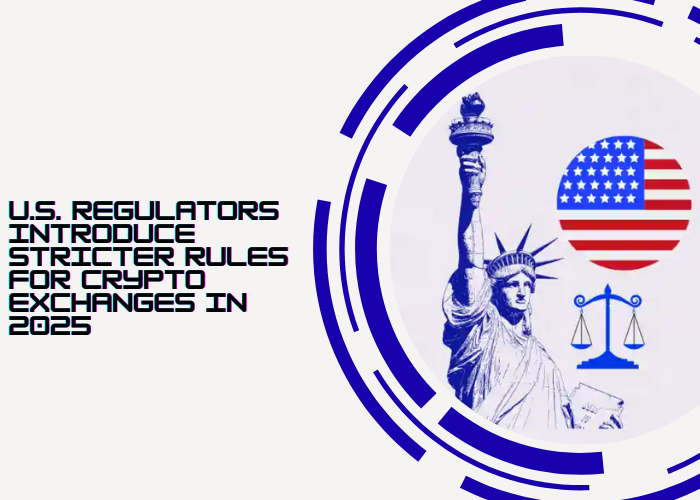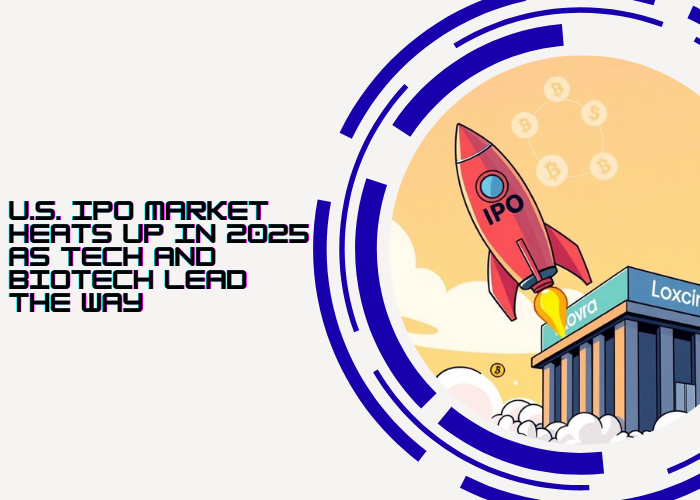US Imposes 50% Tariff on Brazilian Tech Products: Impact on Startups and Consumers
Introduction
The recent announcement by the United States government to impose a 50% tariff on certain Brazilian products has stirred concern across multiple sectors of the economy. Seen by many as either retaliation or a strategic adjustment in international trade, this measure has direct implications for Brazil’s technology industry. In this article, we will explore the impact of this decision on tech companies, startups, and Brazilian consumers, as well as discuss potential responses from Brazil in light of this shift in the global trade landscape.
Context Introduction
The recent decision by the United States government to impose a 50% tariff on selected Brazilian products has generated a wave of uncertainty and debate across economic and political circles. For some, this measure represents a strategic maneuver aimed at protecting the American market. For others, it looks like retaliation linked to long-standing disputes over subsidies and trade incentives. Regardless of the interpretation, what is clear is that the impact will be strongly felt in Brazil’s technology sector, affecting exporters, startups, consumers, and even long-term innovation strategies. This article dives into the multiple layers of this issue, exploring its origins, consequences, and the possible paths forward for Brazil.
Context of the U.S. Measure
Trade relations between Brazil and the United States have always had moments of cooperation and tension. The recent tariff increase is not an isolated event but part of a broader scenario of commercial competition. According to U.S. authorities, the move responds to what they classify as “unfair advantages” enjoyed by certain Brazilian industries, particularly technology and innovation. In practice, the measure directly affects:
- Electronic components and semiconductors produced in Brazil.
- Software developed locally but exported to U.S. companies.
- IT services provided remotely to North American firms.
By framing the tariff within this context, the U.S. reinforces its intention to protect domestic players in highly competitive markets, even if this means generating friction with one of Latin America’s largest economies.
Immediate Impact on the Technology Sector
The immediate effects of a 50% tariff are severe. Brazilian exporters, especially medium and large companies with consolidated contracts in the U.S., will face a dramatic reduction in competitiveness. A deal that was once profitable can quickly become unfeasible under these new conditions.
Startups are among the most vulnerable. Many early-stage businesses operate with limited margins and rely on international contracts to validate their models and secure new investments. Losing access to or facing cost barriers in the American market may cause startups to scale down or even shut down operations.
Additionally, the ripple effects extend to employment and innovation. With fewer resources available, companies tend to freeze hiring, cut back on research and development, and adopt a more conservative posture. This could slow down Brazil’s progress in key areas such as artificial intelligence, cybersecurity, and IoT (Internet of Things).
Consequences for Consumers and Startups
The consumer side of the equation also feels the pressure. Products that depend on imported components or are integrated with U.S. services may become more expensive. This includes not only hardware, such as smartphones and laptops, but also software subscriptions and online tools widely used by individuals and companies.
Startups that rely on American cloud services, APIs, or specialized hosting providers could see their costs rise. A Brazilian fintech, for example, that uses U.S.-based data analytics platforms may now have to renegotiate contracts or pass the increased expenses on to clients. For startups operating on thin margins, this added cost could mean the difference between growth and stagnation.
For the broader population, the scenario could result in limited access to advanced technologies, slower adoption of digital solutions, and even a reduction in competitiveness for small businesses that depend on affordable international software.
Potential Responses from the Brazilian Government
Faced with this situation, the Brazilian government has several possible courses of action. Some are immediate, others more strategic. Among the likely responses are:
- Appeal to the WTO: Brazil could challenge the measure through the World Trade Organization, but this process is time-consuming and its outcome uncertain.
- Domestic incentives: Expanding credit lines, subsidies, and tax benefits to affected companies could soften the blow, especially for startups.
- Trade diversification: Seeking agreements with other markets, such as Europe, Asia, and Latin America, can reduce dependence on the U.S.
- Direct negotiation: Bilateral dialogue may open opportunities for exceptions or reduced tariffs in specific areas.
- Support for innovation: Investments in research centers, accelerators, and partnerships with universities can strengthen the sector in the medium to long term.
Each of these strategies comes with costs and challenges, but combined they could form a comprehensive response capable of reducing vulnerabilities.
Paths for the Future
Although the scenario is complex, crises like this often force countries to rethink strategies and accelerate necessary changes. For Brazil, this is an opportunity to strengthen its domestic market and seek new alliances. Instead of concentrating efforts mainly on the U.S., Brazilian companies could explore partnerships in fast-growing regions such as Southeast Asia and Africa.
Another path is to specialize in niche areas where Brazil already has a competitive edge. Agrotech, fintech, digital education, and clean technologies are examples of sectors with strong potential to attract investment and international recognition. By positioning itself as a leader in these areas, Brazil could reduce its vulnerability to geopolitical disputes.
Strengthening public policies that promote entrepreneurship, reduce bureaucracy, and improve infrastructure for the technology sector will also be key steps to ensure resilience in the long run.
Conclusion
The imposition of a 50% tariff on Brazilian products by the United States is more than a commercial adjustment — it is a turning point for Brazil’s technology industry. The impacts will be immediate and painful, from the loss of competitiveness abroad to rising costs for consumers at home. However, this challenge also represents a chance to diversify markets, stimulate innovation, and strengthen national production.
For Brazil, the key will be to respond with balance: neither with passivity that leaves companies vulnerable, nor with impulsive measures that could worsen the situation. Dialogue, international cooperation, and strategic investment in innovation are likely to be the most effective tools to navigate this turbulent moment and build a more resilient future for the Brazilian technology sector.



